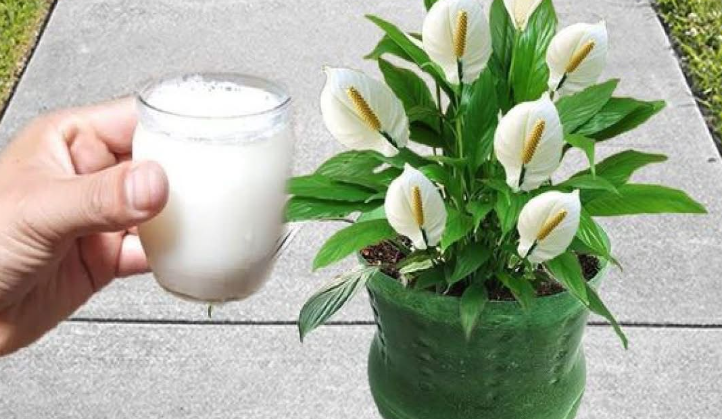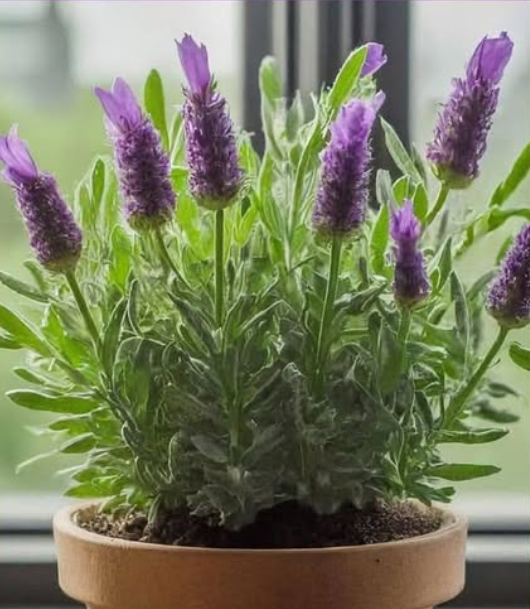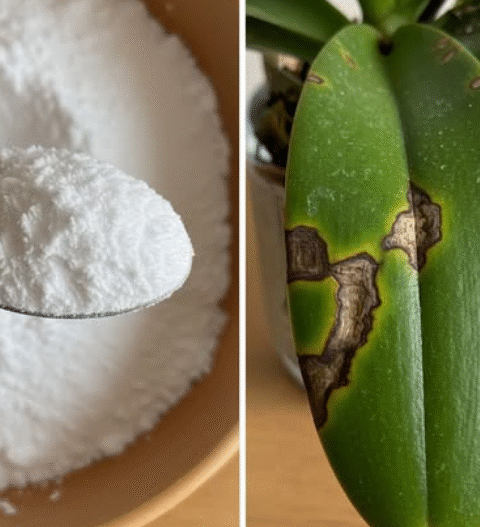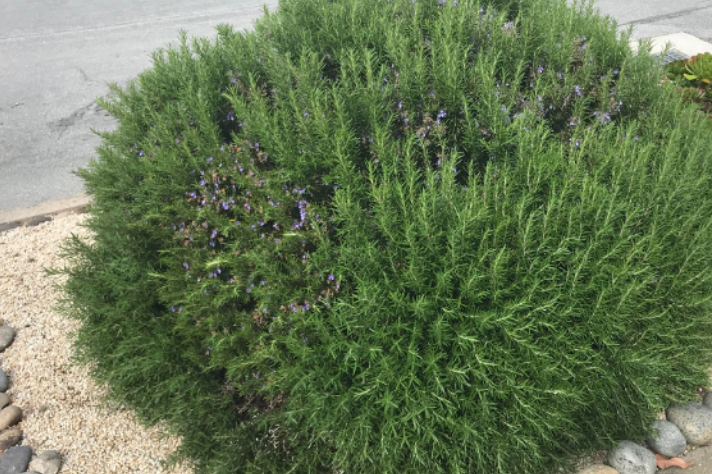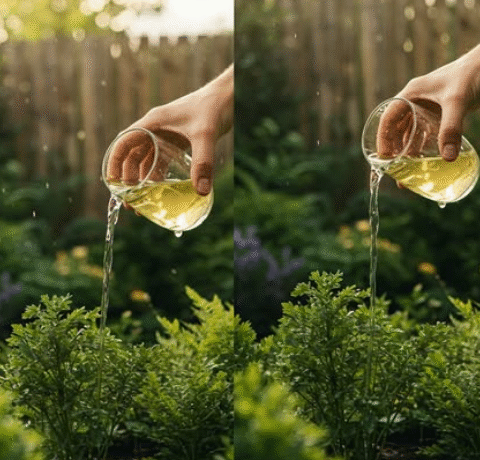Boost Plant Growth Naturally: The Secret Power of Rice Grains!
🌾✨ Is your peace lily no longer blooming? Don’t panic — the secret to reviving it could be hiding in your kitchen pantry. This guide uncovers the powerful plant tonic made from rice water, explaining how to use it to trigger lush green leaves and stunning white flowers all year round. Best of all, it’s 100% natural, budget-friendly, and easy to apply.
🌾 Why Rice Water Works Wonders
Rice water — the starchy byproduct left after soaking or boiling rice — is a surprisingly effective natural fertilizer. It’s packed with essential nutrients that plants love:
- B Vitamins – Stimulate root development and metabolic function
- Amino Acids – Support plant cell structure and health
- Starches – Nourish soil microbes that help break down organic matter
When poured into the soil, these compounds feed beneficial bacteria, improve root strength, and send natural signals to your peace lily that it’s time to bloom. 🪴
🧪 How to Make Rice Water at Home
Ingredients & Supplies
- ½ cup uncooked rice (any variety: white, brown, jasmine, etc.)
- 2 cups clean, room-temperature water
- 1 bowl or jar with a lid
Instructions
- Place the rice in your container and pour in the water.
- Let it soak for 30–60 minutes.
- Stir or shake vigorously to release the starch and nutrients.
- Strain out the rice. The cloudy liquid is your rice water tonic.
Optional: Use the soaked rice for cooking later — no waste! 🍚
🌸 How to Use Rice Water for Peace Lilies
Application Tips
- Use 1 cup of rice water per week for a medium-sized peace lily.
- Pour directly onto the soil, avoiding the leaves.
- Ensure the water is at room temperature to prevent shocking the roots.
- Replace one of your regular weekly waterings with rice water.
💡 Pro tip: Overwatering with rice water can cause sour soil. Stick to once a week and observe your plant’s response.
✨ Extra Tips for Blooming Success
- Light: Peace lilies thrive in bright, indirect light — not harsh direct sunlight.
- Clean Leaves: Dust build-up reduces photosynthesis. Wipe leaves gently with a damp cloth every few weeks.
- Pruning: Trim spent blooms to encourage the plant to redirect energy into new flowers.
- Fertilizer: Supplement monthly with a balanced, gentle fertilizer during the growing season.
📋 Peace Lily Health & Nutrition Table
| Factor | Benefit | Recommended Frequency |
|---|---|---|
| Rice Water | Feeds soil microbes, enhances root health, stimulates bloom | 1x per week |
| Bright Indirect Light | Encourages flowering without leaf burn | Daily exposure |
| Leaf Cleaning | Prevents dust blockage, improves light absorption | Every 2–4 weeks |
| Spent Bloom Removal | Stimulates new flower growth | As needed |
| Balanced Fertilizer | Provides complete nutrient profile | 1x per month |
🧠 Expert Insights on Rice Water Fertilization
Dr. Elena Marin, PhD in Botany (Helsinki University): “Rice water is a classic sustainable plant food. It’s especially beneficial for houseplants like Spathiphyllum (peace lilies) that thrive in mild, consistent moisture and organic nutrients.”
Prof. Kenji Watanabe, Soil Microbiologist (Kyoto University): “The starch in rice water boosts microbial life in potting soil, helping break down nutrients that roots can absorb more easily. Just avoid overuse — fermentation can be an issue if soil stays soggy.”
✅ What to Expect Over Time
With weekly rice water care and consistent peace lily upkeep, you’ll notice:
- 🌿 Glossier, healthier green foliage
- 🌱 Improved root structure and nutrient absorption
- 🌸 More frequent and vibrant white blooms throughout the year
Peace lilies are resilient and responsive to attention. If you’ve been struggling with dormant growth or missing flowers, rice water can be the game-changer you need.
❓ Top 10 FAQs About Using Rice Water on Plants
- Can I store rice water?
Yes — for up to 5 days in the fridge. Bring to room temperature before use. - Does it work for other plants?
Yes! Ferns, pothos, monsteras, and philodendrons all benefit from rice water. - Will it attract pests?
No, not if used correctly. Overuse can cause sour smells — always avoid standing water. - What kind of rice is best?
Any type works: white, brown, basmati, or jasmine. Avoid flavored or salted rice mixes. - How long should I soak the rice?
30 to 60 minutes is ideal to extract nutrients without fermentation. - Can I boil the rice instead?
Yes — cooled, unsalted rice cooking water also works. Just make sure it’s plain and unseasoned. - Can I use rice water and fertilizer together?
Yes, alternate them weekly. Too much of either can lead to nutrient imbalance. - Does rice water help with yellowing leaves?
It may help if the cause is nutrient deficiency. But overwatering is a more common cause of yellow leaves. - Should I spray rice water on leaves?
No. It’s best used in the soil. On leaves, it may leave a sticky residue and attract dust. - What signs show it’s working?
New leaf growth, stronger stems, and eventual budding of flowers within a few weeks.
🌿 Final Thoughts
Rice water isn’t just for skincare — it’s a powerful, natural tool for home gardeners looking to breathe life back into sluggish houseplants. For peace lily owners, this simple kitchen remedy delivers beauty on a budget, creating lush greenery and prolific white blooms. 🌸
Try this method weekly and let nature — and a little rice water — do the rest! 🌾💧
